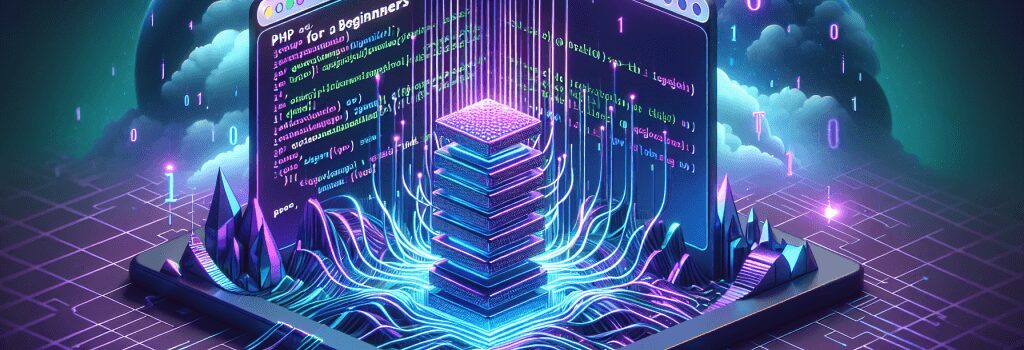PHP for Beginners: Server-Side Scripting for Web Development

PHP for Beginners: Server-Side Scripting for Web Development
PHP, or Hypertext Preprocessor, is a powerful server-side scripting language that is integral to web development. Its role in building dynamic and interactive websites has made it a cornerstone technology in the web developer’s stack. This article will introduce you to PHP, highlighting its importance, basic syntax, and how it integrates with HTML, CSS, and JavaScript to create comprehensive web applications. Whether you’re aiming to develop a personal blog, an e-commerce site, or any interactive web application, understanding PHP is crucial.
Understanding PHP and Its Role in Web Development
PHP is designed to generate dynamic page content. It can create, open, read, write, and close files on the server. This flexibility allows developers to collect form data, manage session tracking, and even send and receive cookies. But what truly sets PHP apart is its seamless integration with databases, making it an excellent tool for developing content-managed sites and applications.
Key Features of PHP
– Ease of Use: PHP’s syntax is logical and well-organized. Even beginners find it straightforward to pick up.
– Flexibility: PHP is incredibly flexible, letting developers make changes even after starting a project and making it easy to integrate with a wide array of databases.
– Open Source: Being open-source, it is freely available for developers, which has led to a strong community support base.
Getting Started with PHP: A Beginner’s Guide
Starting with PHP involves setting up a development environment. While there are many ways to configure this, using a package like XAMPP (which includes Apache, MySQL, and PHP) can simplify the process. Once your environment is set up, writing PHP scripts can begin.
Basic Syntax
PHP scripts start with ;<?php> and end with ;?>>. These tags enclose the PHP code, which the server executes. Here’s a simple example:
This code will output: ;Hello, world!> to the browser.
<h4>Variables and Data TypesIn PHP, variables are declared with a dollar sign ;$>, followed by the name of the variable. PHP supports various data types including integers, floating-point numbers, strings, arrays, and objects.
Integrating PHP with HTML, CSS, and JavaScript
PHP often works behind the scenes, but it plays a crucial role in the display of content. It can be embedded into HTML to add dynamic content that interacts with databases and files. Here’s a small snippet to illustrate this integration:
This combination allows web developers to create fully interactive, dynamic websites. CSS and JavaScript can be used to style and add interactivity to these pages, while PHP deals with the logic and data management.
Summary
PHP is a potent tool for any web developer aiming to build dynamic and interactive websites. Its simplicity, combined with its powerful features, makes it an essential part of the web development process. As you dive deeper into PHP, you’ll learn about its vast functionalities, including session management, error handling, and form processing, which are crucial for creating sophisticated web applications.
Embarking on your PHP journey opens up numerous possibilities in web development, from creating simple web pages to complex web applications. By mastering PHP, along with HTML, CSS, and JavaScript, you are well on your way to becoming a proficient web developer capable of bringing your digital ideas to life. Happy coding!


